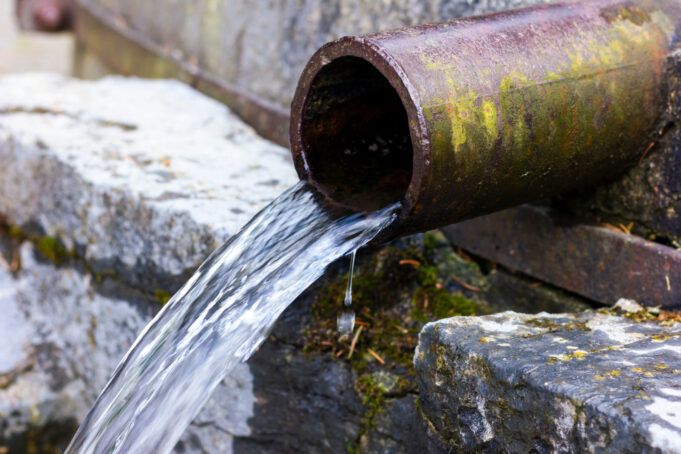For many water treatment professionals, the focus lies on what goes into the treatment plant, not necessarily what comes out the other side. But aging infrastructure within city limits can pose a hidden danger: lead service lines. These lead pipes, once a common material, can leach lead into drinking water, causing serious health problems, especially for children and pregnant women.
According to the Environmental Protection Agency (EPA), an estimated 9.2 million lead service lines (LSLs) serve water to properties in communities across the United States. In order to meet the Biden-Harris Administration’s goal of replacing 100% of LSLs, here’s a proactive approach to conducting lead service line replacement (LSLR) and tackling the silent threat in our drinking water.
Prioritize Lead Service Line Inventory and Replacement:
A crucial first step is creating a comprehensive map of lead service lines within your city. Utilize public records, ground penetrating radar, and resident surveys to identify these potential hazards. Develop a data-driven plan for lead service line replacement, prioritizing high-risk areas and vulnerable populations.
Grant Opportunities and Public-Private Partnerships:
Replacing lead service lines can be a significant financial burden. Explore federal and state grants specifically dedicated to lead service line replacement programs. Additionally, consider public-private partnerships with local businesses or foundations to share the costs and expedite the process.
Community Outreach and Education:
Educate residents about the dangers of lead in drinking water and how to identify lead service lines in their homes. Provide clear and transparent information on the replacement process, financial assistance programs, and steps to minimize lead exposure while lead lines are still present.
Lead service lines are a public health concern that demands immediate action. By prioritizing inventory and replacement, exploring funding opportunities, and educating the community, water treatment professionals can play a critical role in safeguarding the health of U.S. citizens. Let’s work together to ensure every tap delivers lead-free, clean water.
For more information and financial resources for tackling your city’s LSLR, visit the EPA’s website.
SOURCE: EPA, Whitehouse.gov





